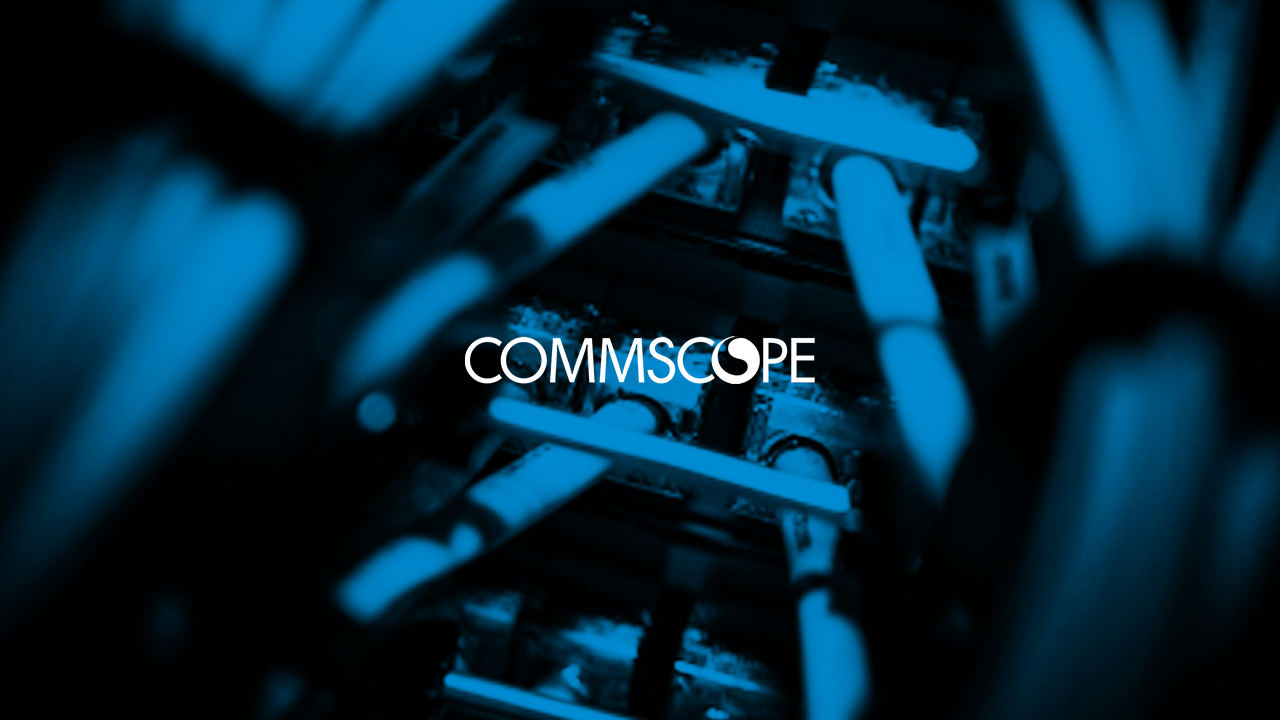It’s hard to imagine what the future will seem like. 2001: a space Odyssey didn’t get too several things right. I mean we didn’t even get the iPhone till 2007. Flying around space with an AI computer still looks far out, even on today’s standards. Stanley Kubrick took a risk in predicting the future of technology. Some things initiate like mini-computers that fit in my pocket and talking thermostat. Others look to die before turning into reality. It’s 2019, where is my flying car?
Technology trends in our personal life are currently driving trends within the business world. If you don’t believe me, pull out your work-issued Blackberry and pay ten minutes writing me an email regarding how you disagree. The Netflix Model otherwise referred to as software as a Service (SaaS), has modified the method we tend to operate an everyday business.
What will be the ensuing technology trend that changes the method we tend to do business? It’s easy to look at the ensuing5 years and say things like the cloud, co-located data centers, and IoT (Internet of Things) can still drive changes. However what comes next?
The short answer isn’t anyone is aware of it. Businesses should check out the future and prepare for it. Nobody desires to be that company in 2013 to invest millions during a new onsite data center solely to maneuver to the cloud in 2014. Trust me, that happened (and remains happening). Businesses that are too short-sided to appear at future trends will find themselves spending far more within the long run.
Cabling is the infrastructure that supports business operations these days and it’ll solely continue to be a lot necessary. One thing is evident regarding the future of cabling, bandwidth requirements can solely continue to go up. Whereas some assume cables can depart with wireless, they forget that those wireless units (access points) still ought to be wired. So, whereas the cabling needs and designs can change, the importance of cabling can still grow.
Today’s best copper cable, category 6a, will support 10 Gbps speed at one hundred meters. That’s plenty. It’s crazy to assume we’ll ever want more than that. On the opposite hand, in 1990 once category three cable was created and supported ten Mbps I’m certain we tend to have equivalent thinking. We tend to think ten Mbps was a fast speed back then. At the time, few devices would even support that abundant speed.
The main distinction between category 6a cable and category 6 is the diameter. Category 6a primarily has a lot of copper, therefore increasing its capability. Category 7, which isn’t wide offered nonetheless, is going to be even thicker, stuffed with a lot of copper to support even a lot of distance and speed. For some purpose, we’re progressing to run into physical problems using copper.
Now, in comes fiber optic cable. Unless you’re within the industry, you most likely have to thank Google if you’ve heard of fiber. You most likely produce other things to thank Google for, however, that’s for one more blog. Fiber is formed from skinny strands of glass. Rather than sending a signal over copper, fiber sends bursts of light through the skinny glass strand. This totally different cable construction permits for fiber to possess abundant higher bandwidth and distance limitations compared to copper.
Today, we tend to mainly use fiber for underground (outside plant) or backbone (riser) cable. One reason for this can cost. The price of fiber has invariably been more than copper. That’s still the case today; but, the distinction between the 2 is shrinking and has never been nearer than it’s these days. The price can still fall as more of it gets produced. At some point, the cost won’t be a factor. The opposite factor in however fiber is used is that the end devices. Today’s devices don’t directly support a fiber connection. Look at the rear of your computer and see if there’s a fiber port. Since the end devices don’t connect with fiber directly, a copper conversion should happen at some point.
As cost continues to come back down and a lot of devices come out with an instantaneous fiber connection, you’ll see the utilization of fiber cabling increase. Some wireless access points and security cameras take an instantaneous fiber connection these days, therefore it’s only a matter of your time till that becomes the standard. Fiber will support speeds over 100 Gbps and has even been tested at a terabyte per second. That’s crazy speeds and once more it’s hard to imagine needing all that.
As an occasional voltage contractor, tons of our work is splitting and replacing recent cables with new ones. Most simply upgrade to the most recent version of copper, knowing that we’ll be back moving into a handful of years to do identical issues once more. I encourage customers to appear ahead and see if there’s a higher way to do that. whereas fiber installs these days might cost a little a lot, it’ll save money within the long run. It doesn’t take a special company to require advantage of a fiber infrastructure, simply an organization that’s willing to raise, “is there a better way to do this”?

Download Free CommScope Resource
Get access to authentic content from one of the leading network infrastructure experts in the world from the Philippines’ premier technology provider.





